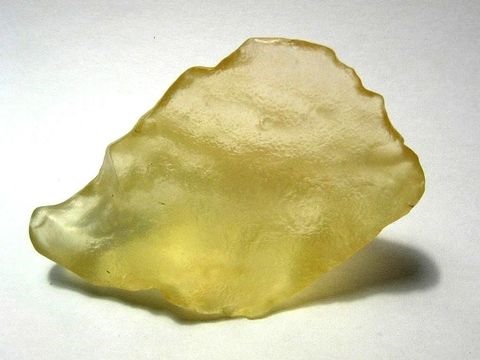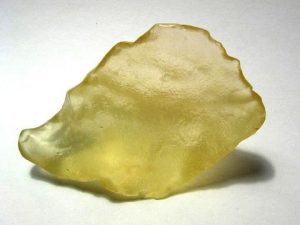Popular Mechanics recently ran a piece on recent discoveries regarding the so-called “Hypatia Stone.” This stone was named for the Classical religion martyr Hypatia of Alexandria and — appears to be older than our solar system. Here’re a few excerpts from the article:
“The Hypatia stone is only a few centimeters across, broken into pebble fragments, but it may very well be the most interesting rock in the world.
“Named for Hypatia of Alexandria, the first prominent Western woman astronomer and mathematician, the colorful rock was found in 1996 in western Egypt by Aly Barakat, a geologist working for the Egyptian Geological Survey…
“Using sophisticated electron microscopy to determine the compositions of microscopic parts of the Hypatia stone, Kramers and fellow geologists at the University of Johannesburg identified the parts of the rock that were not added when it impacted Earth. They found that many compounds in the stone seem to have formed prior to the sun and planets. The elements are the same—carbon and silicon and aluminum and iron—but the ratios of these elements in the material are all wrong, unlike the composition of objects that orbit the sun.”
Read the entire article here:


